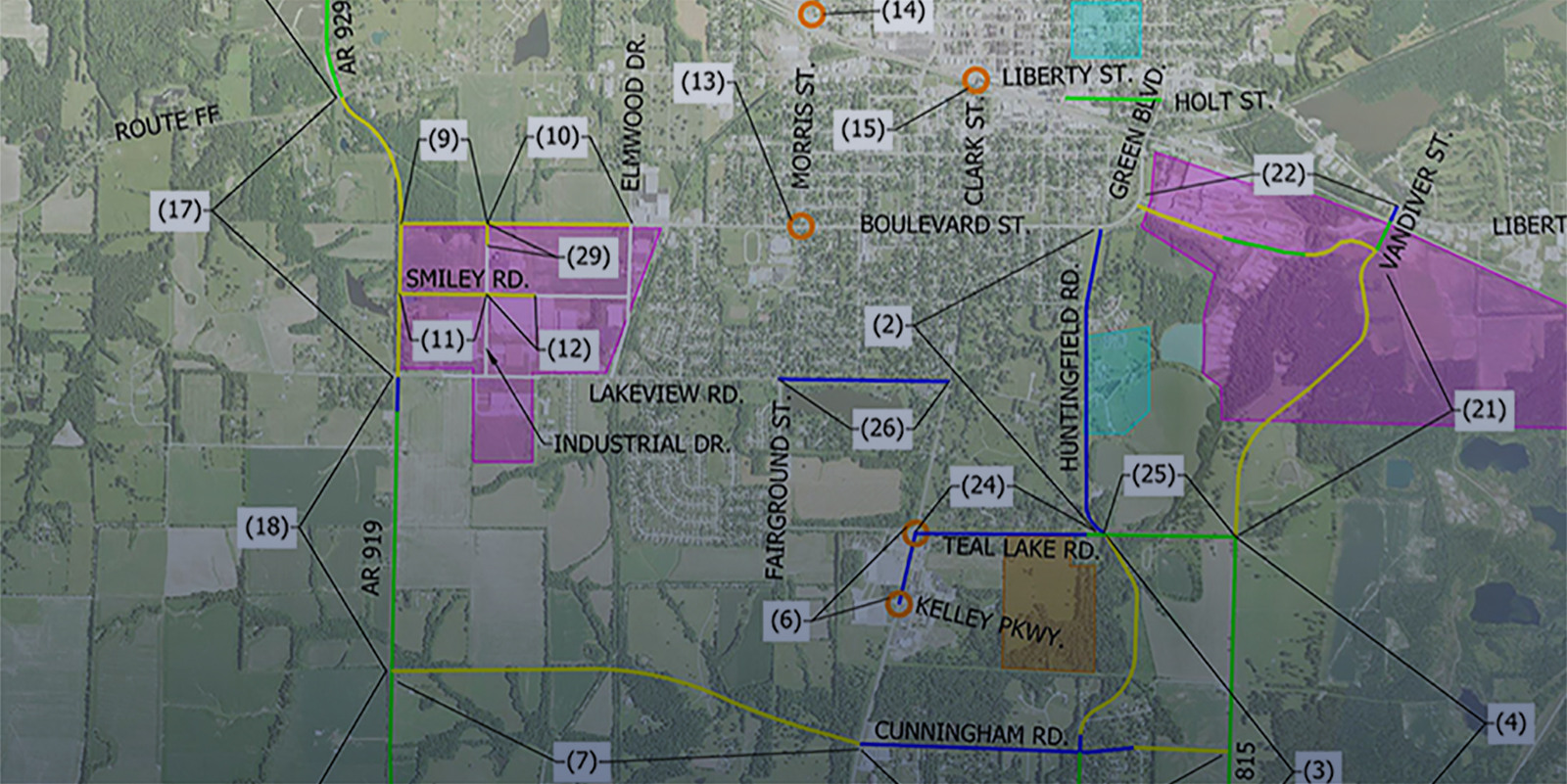

INSIGHT
Examining how infrastructure master planning has evolved over time
Connect with us
Master planning in a municipal setting used to be synonymous with planning growth outside of the urban core. A master plan in the 1980s dealt primarily with where to extend utilities and the transportation network along with the requisite zoning and platting elements for ordered growth. Since the early 2000s – as cities began to refocus on the core of their community – master planning for infrastructure has evolved.
Master Planning Post-WWII
As rapid growth outside of the urban core began after World War II, municipal utilities – primarily water, wastewater and stormwater – looked a little bit different. Developers paid for the installation of utility infrastructure and the city began collecting utility fees on day one. If installed correctly, very little maintenance or reconstruction was required and the utility fees on the new development helped pay for maintenance in the older parts of town as well as the increased cost of treatment.
The transportation network, though primarily financed by the development, generally had a more immediate maintenance impact on the municipal budget, with snow removal, street sweeping, pothole repairs and mill and overlay. Presumably, the incremental increase in property values provided a source of tax revenue, but other general fund city functions were also competing for that revenue, including public safety.
Master Planning Today
Today, most cities are focused on reinventing the inner core, with less focus on expanding the city limits. That means the existing rate base for utilities remains constant and the primary goal of a city utilities manager is determining where best to spend utility dollars. Those decisions cannot be made without a good overall plan for both utilities and transportation. In many parts of the city, that means a plan to rebuild or rehabilitate in the most effective way, which requires a new kind of master plan.
Utility and transportation master planning consists of three overall steps:
- Identify existing facilities – location, condition and capacity (i.e., “Where are we now?”)
- Identify future needs – redevelopment and growth (i.e., “Where are we going?”)
- Develop an adequate Capital Improvements Program (CIP) that funds improvements (i.e., “How do we fund this?”)
Precision Technology
Fortunately, there are many tools available now that were not around in the 1980s. Mapping has taken a quantum leap with the introduction of reliable GIS. Quick, accurate location of assets are possible through GPS and LiDAR, and condition assessments are possible using video cameras (collection systems), smart technologies to assess distribution systems and fast, accurate scanning devices to determine pavement condition. System modeling has also come a long way in the last 20 years. Accurate, dynamic models can now be developed for complete distribution and collection systems. Pavement management has become more of a science than an art.
Combining all of these tools to create an overall asset management master plan for the future provides the missing link in the infrastructure continuum – once we understand where we are, where we are going and how to provide funding – the master plan answers the question – how do we get there?
Ready to Get Started?
An asset management system is the ideal way to start identifying existing facilities location, condition and capacity. Learn how to launch a success asset management system.
Tell us about your project
We’d love to work with you. Tell us the services you are seeking and one of our team members will connect with you.